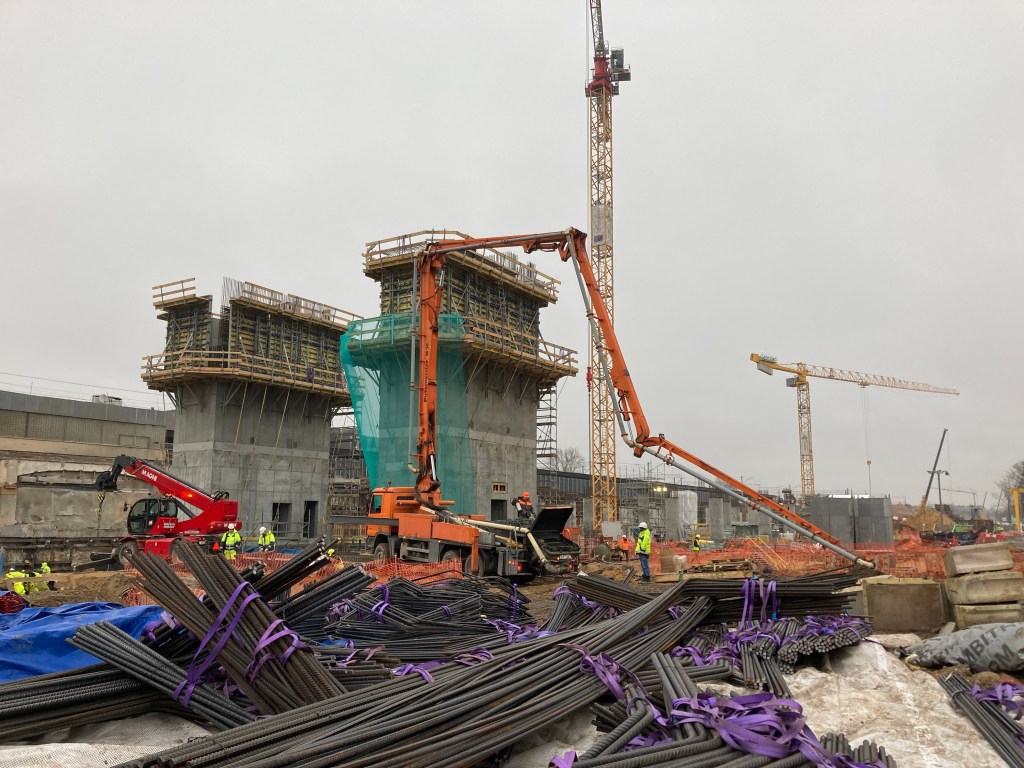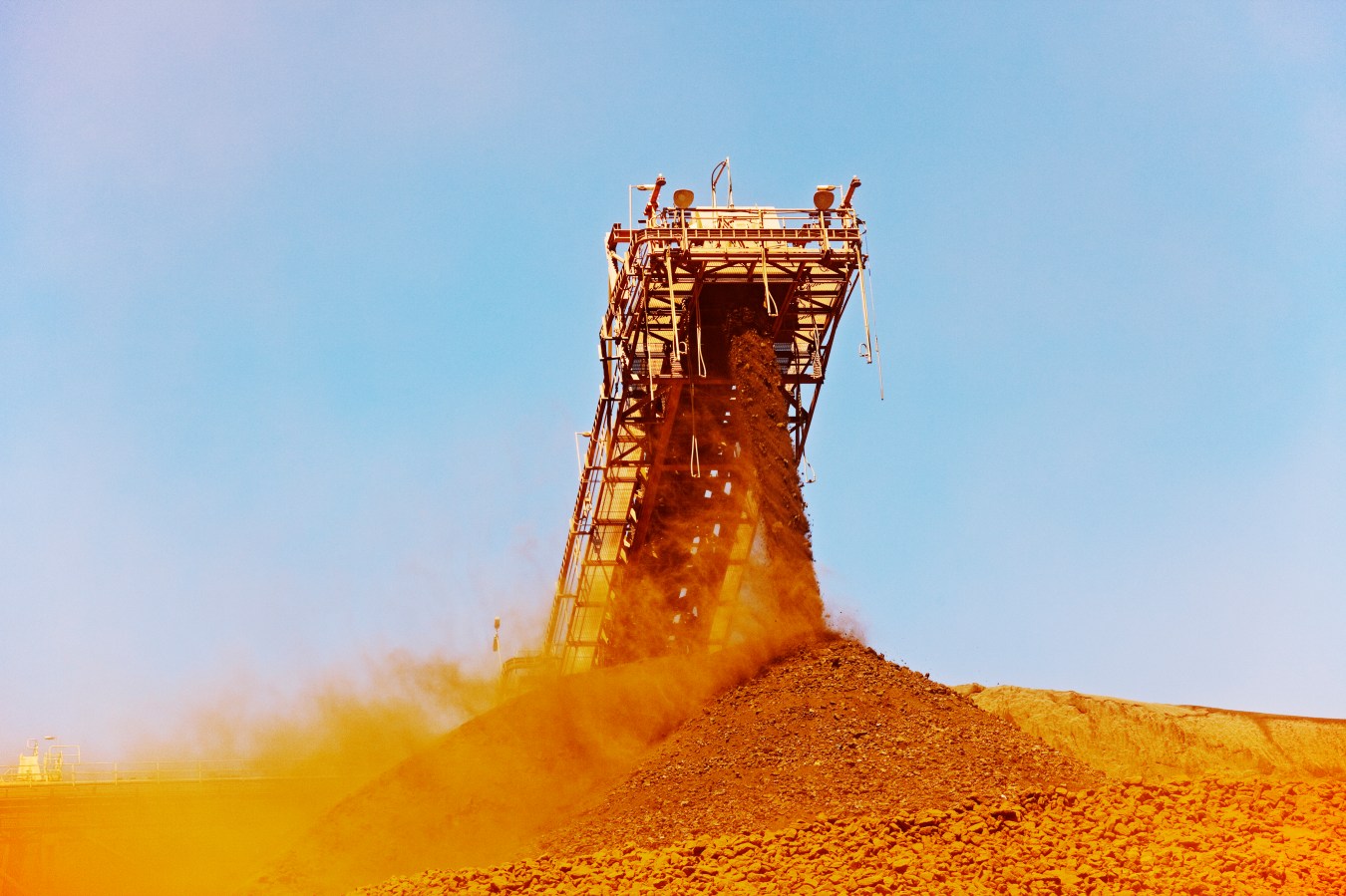Around the world, there is a huge and growing need for infrastructure investment, due to the chronic underspend on infrastructure globally over a number of decades, as well as the changing dynamics of the global population.

Around the world, there is a huge and growing need for infrastructure investment, due to the chronic underspend on infrastructure globally over a number of decades, as well as the changing dynamics of the global population.
Few governments are in the financial position to fully fund their country’s infrastructure need, presenting a major opportunity for the private sector, an opportunity which has expanded further over the last couple of years as a result of Covid and the energy crisis.
Infrastructure assets have a number of unique characteristics that make them an attractive asset class for investors, across all points of the economic cycle. While the macroeconomic outlook for 2023 remains uncertain, some green shoots have emerged supporting infrastructure fundamentals in 2023 and beyond.
Sarah Shaw, portfolio manager at 4D Infrastructure explains five factors influencing the current market and infrastructure investment opportunity set:
Interest rates and inflation
A hot topic on the minds of investors globally is elevated inflation pushing interest rates higher.
For infrastructure investors, what is key in the current environment is the speed in which inflation and changes in interest rates can be passed through to company earnings. This is dictated by the structure of the regulation and contract underpinning returns. To discuss this we need to break infrastructure into two key macro diverse sub sectors.
User pay assets are those where a customer, or ‘user’, pays for the service provided, such as a toll road. These stocks often have built-in inflation protection in their business models via mechanisms to increase tariffs in line with inflation. As inflation and interest rates increase over time, these protection mechanisms positively impact earnings and improve valuations due to the compound effect. This should then ultimately be reflected in the relevant stock price and performance.
On the other side you have regulated utilities, such as electric or gas utility companies. These companies are largely immune to volume weakness, but are generally more adversely impacted in the short term by rising interest rates because of the regulated nature of their business. However, depending on their tariff structure, certain utilities will weather inflationary spikes better than others. Some utility companies allow for inflation to directly pass through to the end-consumer so they too have an explicit inflationary hedge. This model is known as the ‘real return’ model and is popular in parts of Europe and Brazil. In contrast, some utility companies must also bear the inflationary uptick until it has a regulatory ‘reset’. This is a model popular in the US where regulators are also focused on ensuring continued customer affordability, sometimes to the detriment of the utility operator.
All else equal, these differences should see user pay and real rate utilities fundamentally outperform during a rising inflation/interest rate period due to a more immediate and direct hedge or flow through of their increased costs.
China easing its Covid19 restrictions
China’s recent move to ease its Covid restrictions should set the country on the path for positive economic growth, and also benefit other countries facing economic slowdown. China’s stimulus is anticipated to be dominated by a property sector restructure and infrastructure build out, providing a strong opportunity for the infrastructure asset class domestically and internationally.
THE LIST
The Ukraine war – an ongoing cost for Russia
The Ukrainian-Russian war transpired into an energy crisis across Europe in 2022. With many European countries dependent on Russian gas, the war and sanctions placed upon Russia led to a sharp realisation that a global energy transition towards Net Zero must be managed in a socially responsible way, with security of supply a priority. This has fast-tracked the build of new renewables sources, increased investment in grids to enable its distribution to end users, and reaffirmed transition fuels such as gas in the shift. This in turn has benefited the infrastructure operators capitalising on this build out.
Lifting the public sector debt burden
In 2021, total public and private debt globally decreased to the equivalent of 247 per cent of global GDP, falling by 10 per cent from its peak level in 2020, according to IMF research. Private debt reduction was the largest factor in the decline, falling by 6 per cent to 153 per cent of GDP, as opposed to 4 per cent for public debt to 96 per cent of GDP. Although the drop in public debt has been positive, it still remains above pre-COVID levels, and this should create significant opportunity for infrastructure investors. Increased public sector debt load should lead to more privately funded infrastructure projects, as governments dealing with the debt burden turn to the private sector to get involved in funding of much-needed infrastructure.

Global population surpasses 8 billion people
Growing populations drive infrastructure development, and the United Nations estimates that the world’s population passed 8 billion people on 15 November 2022. Much of the population growth is coming from emerging markets where demographic trends are supportive of economic evolution and infrastructure investment.
However, it should also be noted that ageing populations and environmental concerns are two key challenges evolving from this rapid population growth and changing global dynamics. Again, both can represent an infrastructure opportunity: the former in increasing demands on government budgets in terms of pensions and health, and the latter in the need for increased investment opportunities.
While conscious of the economic backdrop, the long-term fundamentals underpinning the infrastructure investment case remain strong. The need for infrastructure investment across global markets continues to grow, and even through global pandemics and geo-political conflicts, investment into infrastructure prospers. 2023 looks set to be a promising year for infrastructure assets, paving the way for good opportunities and consistent returns to investors.
Look back on the week that was with hand-picked articles from Australia and around the world. Sign up to the Forbes Australia newsletter here.



